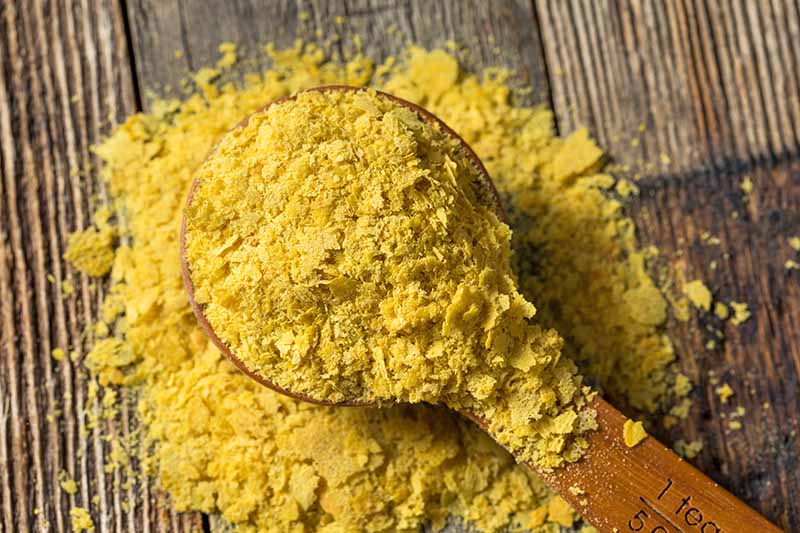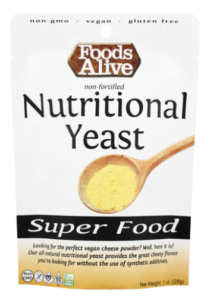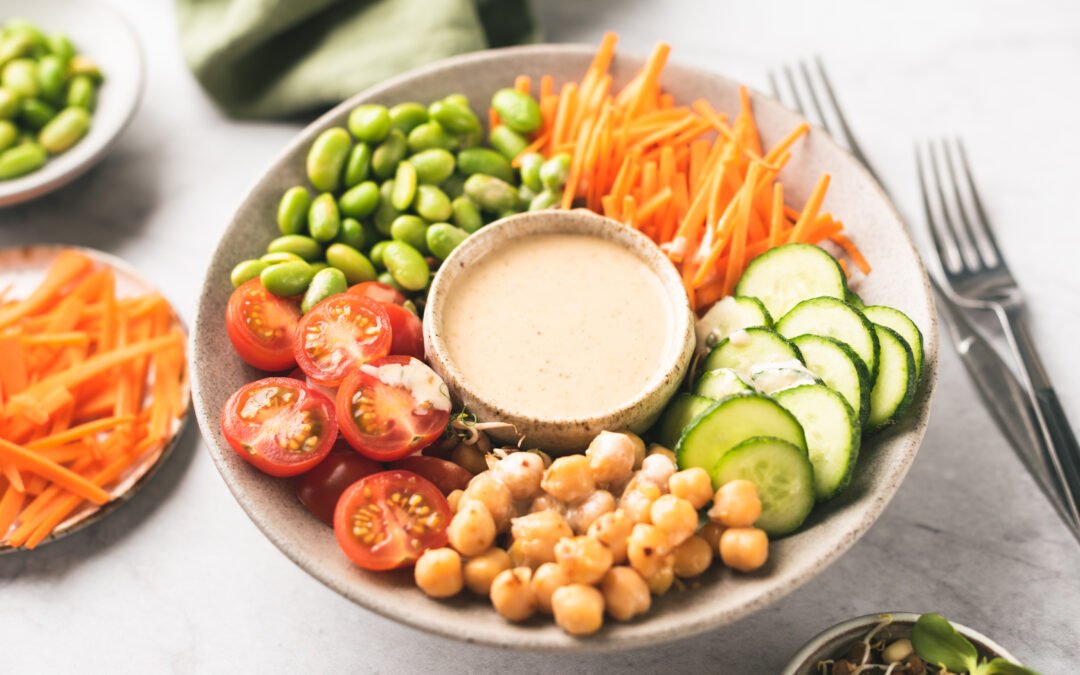
What is Aquafaba and What Do I Do with It?
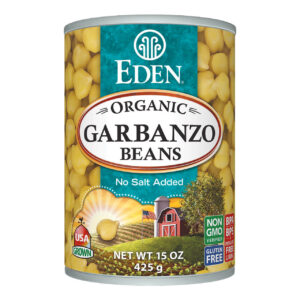 I had never heard of this ingredient either, before my foray into plant-based cooking. Aquafaba is the liquid from a can of chickpeas (garbanzo beans) or other canned beans. Translated, aquafaba means bean water. Aqua (water). Faba (as in fava bean).
I had never heard of this ingredient either, before my foray into plant-based cooking. Aquafaba is the liquid from a can of chickpeas (garbanzo beans) or other canned beans. Translated, aquafaba means bean water. Aqua (water). Faba (as in fava bean).
It can be used for loads of different things in plant-based cooking.
I use it as a replacement for oil in tofu bites and they are just as good.
I have used it in recipes that call for egg replacement that specify aquafaba.
I also use aquafaba when I roast veggies instead of oil. I admit it’s not as crispy as with the oil, but when the veggies are paired with something flavorful, it usually doesn’t matter.
And I made meringue cookies with it last year! I don’t bake as much anymore because I’m trying to avoid sugar, but I missed the egg-based chocolate meringues that I used to make and gave it a go. Once I added the cocoa powder to the recipe the fluffiness fell (which I was warned might happen) but the cookie still tasted good. Flat, but good.
Now when I open a can of chickpeas and don’t need the liquid for that recipe, I save the aquafaba in an ice cube tray. Each cube is approximately one tablespoon. So, if the recipe calls for two tablespoons of oil, I pop out two cubes of aquafaba.
PRO TIP: TOMORROW’S (June 9, 2022) RECIPE WILL CALL FOR CHICKPEAS. If you are so inclined, save the liquid from the can rather than tossing it. It may come in handy. You can store it in the fridge for a couple of days and then after that it needs to get frozen (which I recommend).
Why would we bother substituting aquafaba for oil? Well, even though plant-based oils (olive oil for example) are less unhealthy than animal fats (i.e. butter), there’s still a ton of calories from fat in each tablespoon. Since I learned about increasing fiber and decreasing fat, I have cut down dramatically on my oil intake, at least when I cook at home. When I eat out of the home, I expect many dishes will have oil in them. So, I try to offset the unhealthier prepared foods with healthier home-cooked dishes that use ingredients like aquafaba.
Interested in some more recipes that use aquafaba? Check out this link.
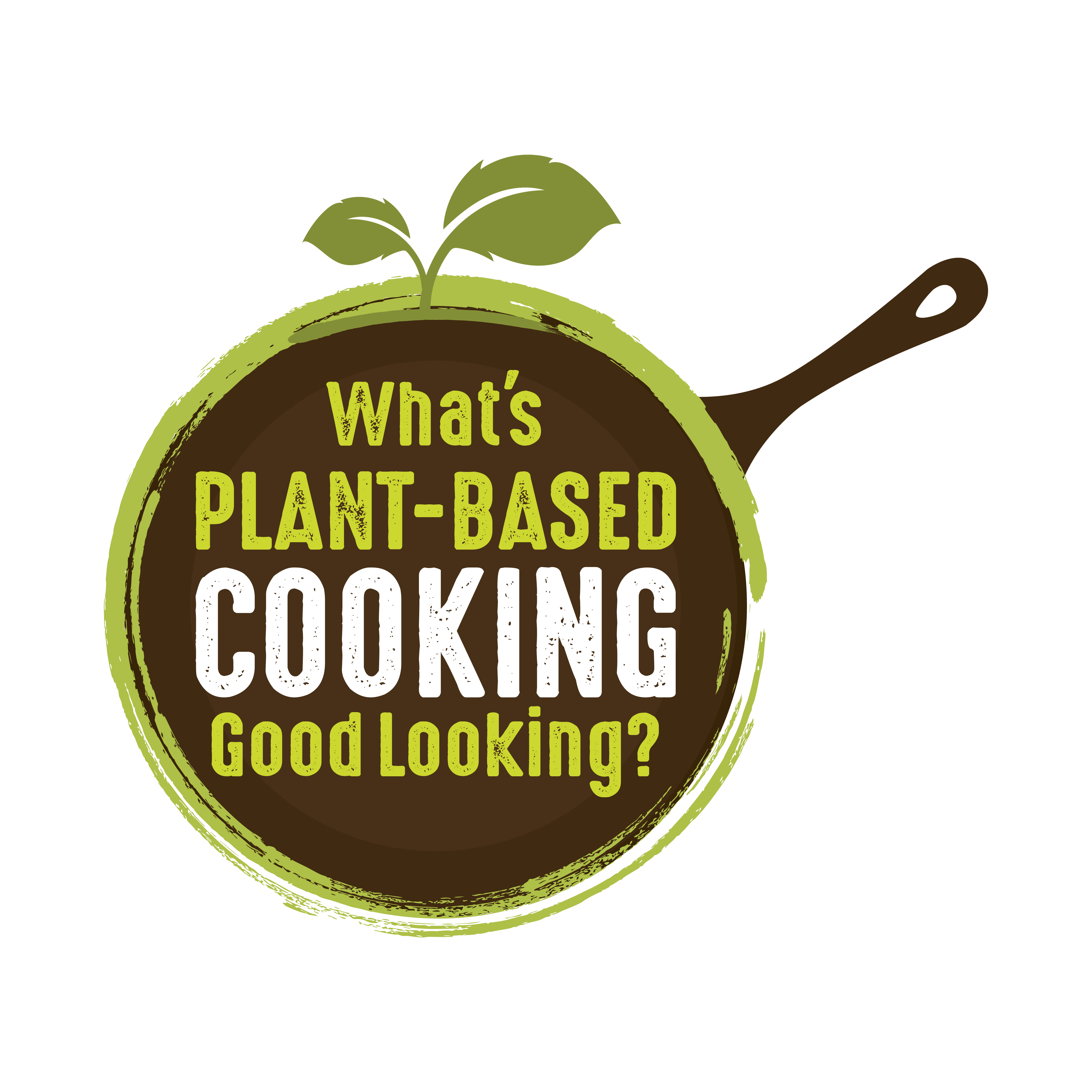
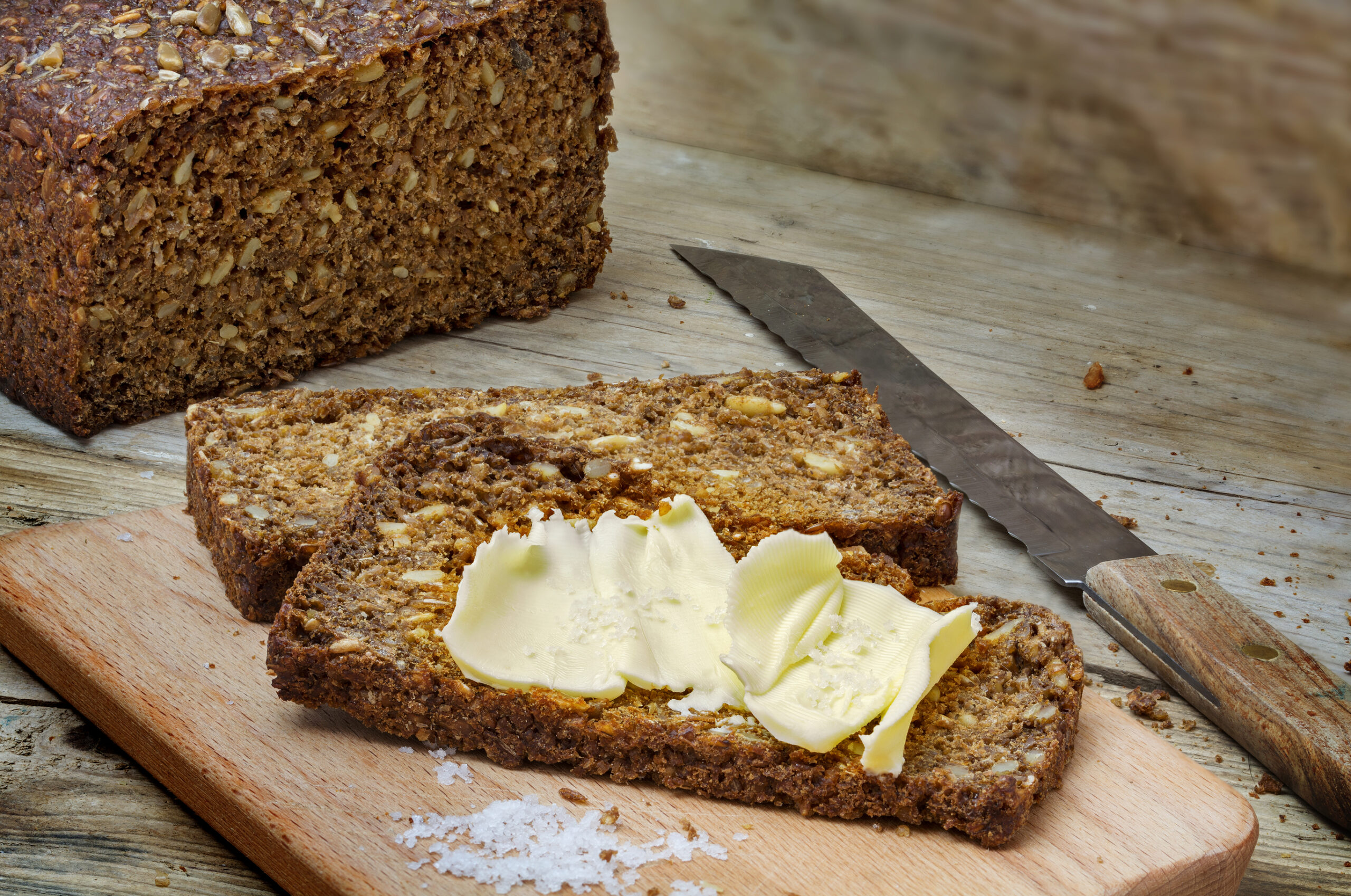

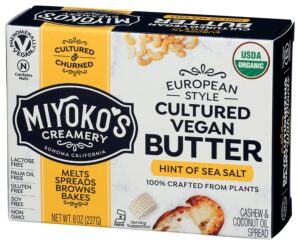 More recently though, I learned of
More recently though, I learned of 